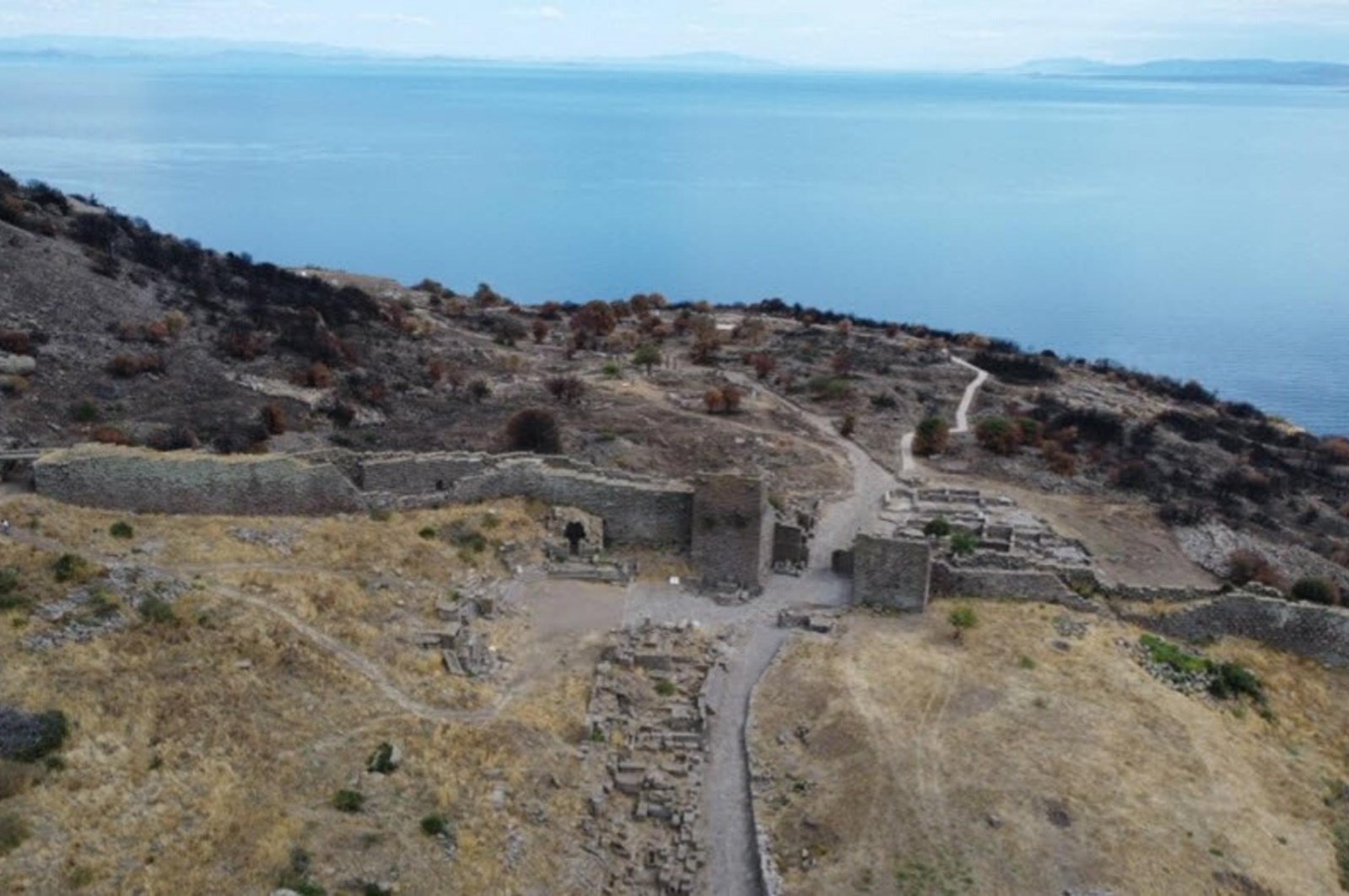
In ongoing excavations at the 7,000-year-old Assos archaeological site in Ayvacık, Çanakkale, northwestern Türkiye, archaeologists have uncovered 1,700-year-old ceramic toilets that were discarded after use.
The excavation is led by Nurettin Arslan, who stated, "Landfills provide us with a wealth of archaeological data to illuminate daily life in homes."
The site, where notable philosophers such as Aristotle and students of Plato engaged in activities, is renowned as one of the finest examples of Greek city-states.
The excavations are conducted by a team of 25, consisting of members from both domestic and international backgrounds, under the guidance of the Department of Archaeology at Çanakkale Onsekiz Mart University (ÇOMÜ).
Dr. Arslan provided insights into the ongoing work in the city's landfill area, noting: "The structure we named the Nymphaeum is located east of the Agora, with residential areas situated on the upper terraces, the empty spaces around this structure served as a landfill for pottery and other waste used in homes."
"Thus, the findings here are significant for us. Each year, a large number of artifacts from this area are evaluated and restored. This year, we discovered numerous ceramic vessels, identified as toilets, made of fired clay, many of which are still usable," he added.
He emphasized the importance of landfills in providing extensive archaeological data to illuminate daily life, stating: "We evaluate a new group of findings from this landfill each year and conduct restoration, repair, identification and dating processes for these artifacts, all found items are broken, which is why they were discarded."
"Although it is rare to find intact pieces, our systematic work allows us to collect all artifacts down to the smallest fragments. Before restoration, we carry out a statistical analysis of the findings. During this process, we also reassemble the pieces, revealing the quantity of these vessels discovered in the area, in the final stage, our restorers complete the assembly of these pieces permanently," he said.
He noted that the landfill typically dates back to the second to fourth centuries B.C., indicating that these vessels belong to the late Roman period, used approximately 1,700 years ago.
